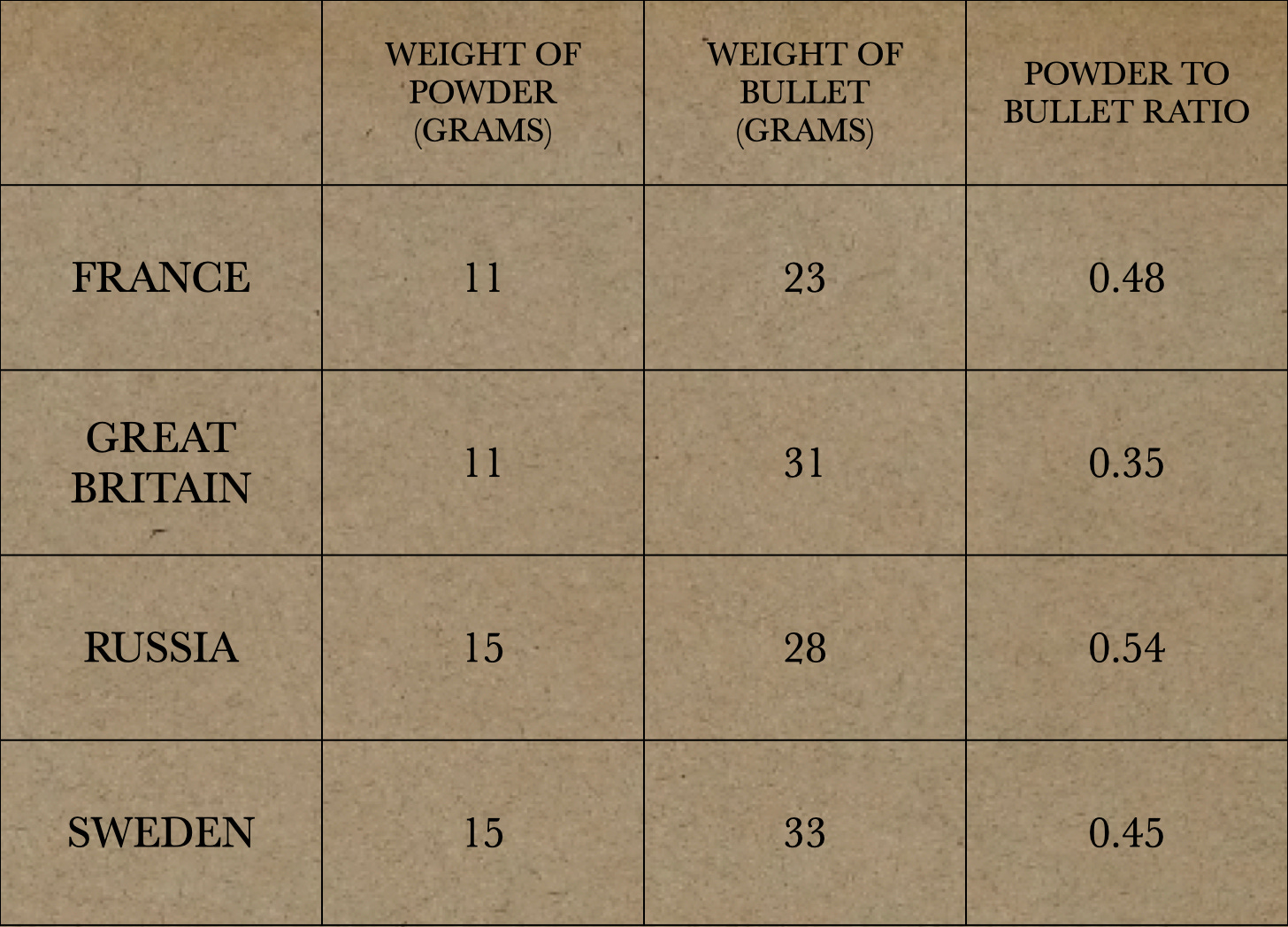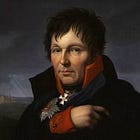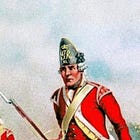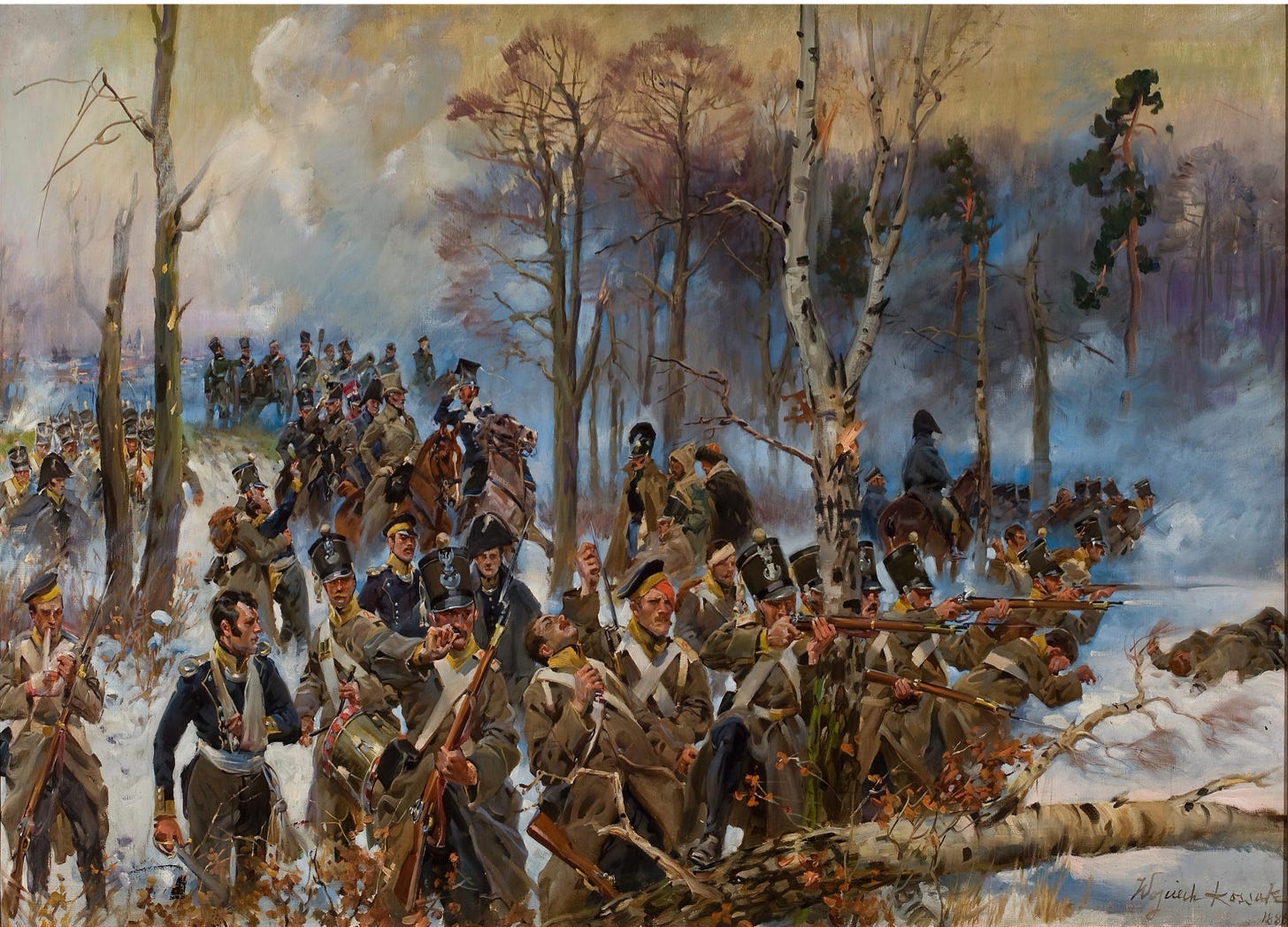
This post continues a series begun with
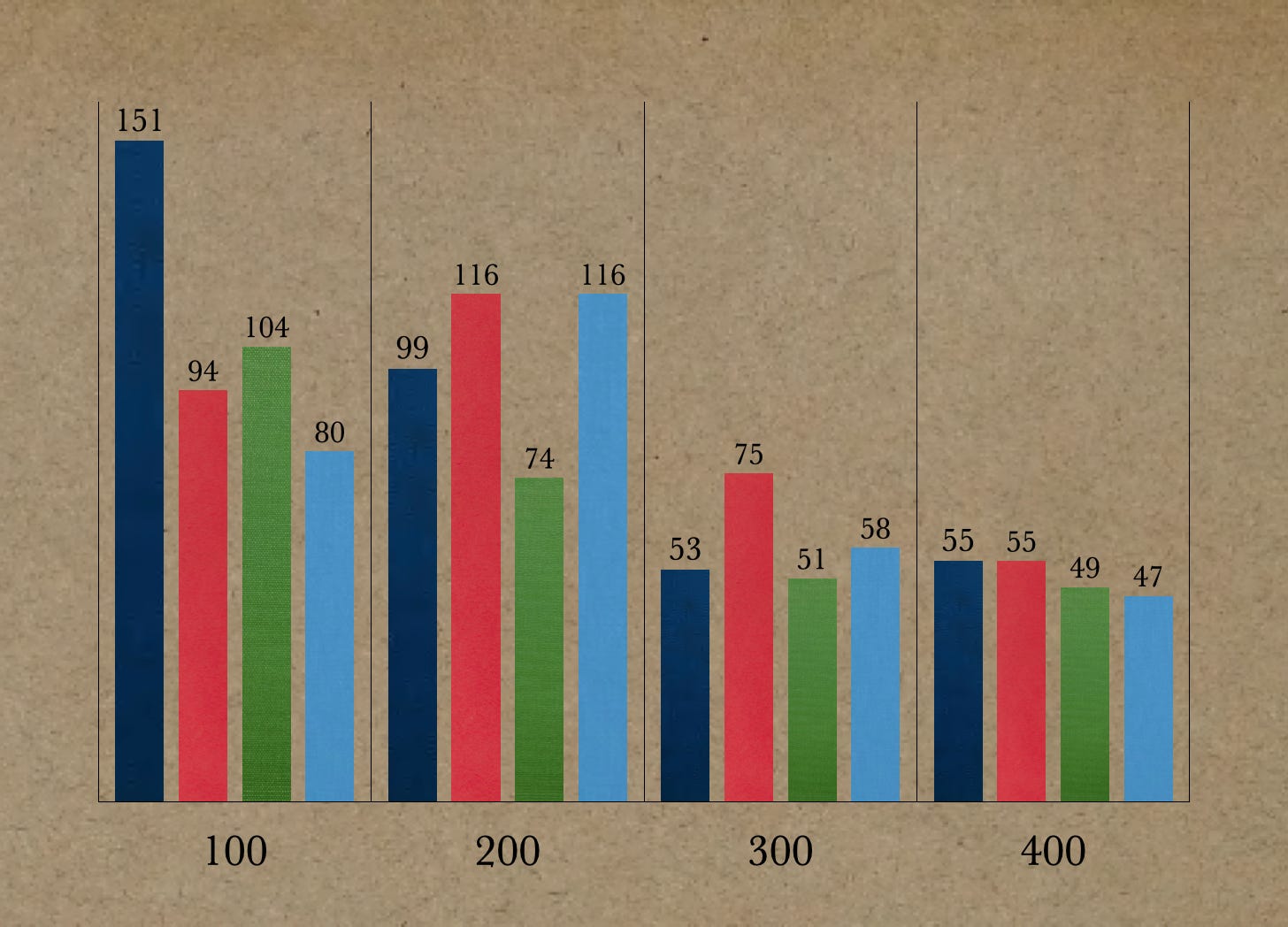
Of the four foreign muskets tested by the Prussian Army in 1810, none proved superior to the others at all four distances. The French musket proved most accurate at 100 paces (75 meters/250 feet), and tied for that honor at 400 paces (300 meters/1,000 feet). Nonetheless, when fired at the two targets in the middle of the series, it performed poorly. The English musket took (or tied for) first place at the three longer ranges, but scored relatively few hits on the closest target.
Both British and the Swedish muskets scored more hits at 200 paces than they did at 100 paces. This, it seems, resulted from the tendency of both weapons to shoot high, thereby sending many bullets over the top of the nearest target. (As far as I can tell, only one target in a series was set up at any one time. Thus, bullets that flew over one target would not have struck any others.)
The weight of the powder in each round varied from one musket to another, as did the amount of lead propelled by each charge. However, these factors played no obvious role, in the number of hits achieved.
Sources
Gerhard von Scharnhorst Über die Wirkung des Feuergewehrs (On the Performance of Firearms) (Berlin: G.E. Nauck, 1813) pages 80-81 (Münchener Digitalisierungs Zentrum)
Peter Paret Yorck and the Era of Prussian Reform (Princeton: Princeton University Press, 1996) pages 271-273 (Internet Archive)
The next article in this series will describe the performance of English, French, Russian, and Swedish muskets in the experiment of 1810.






